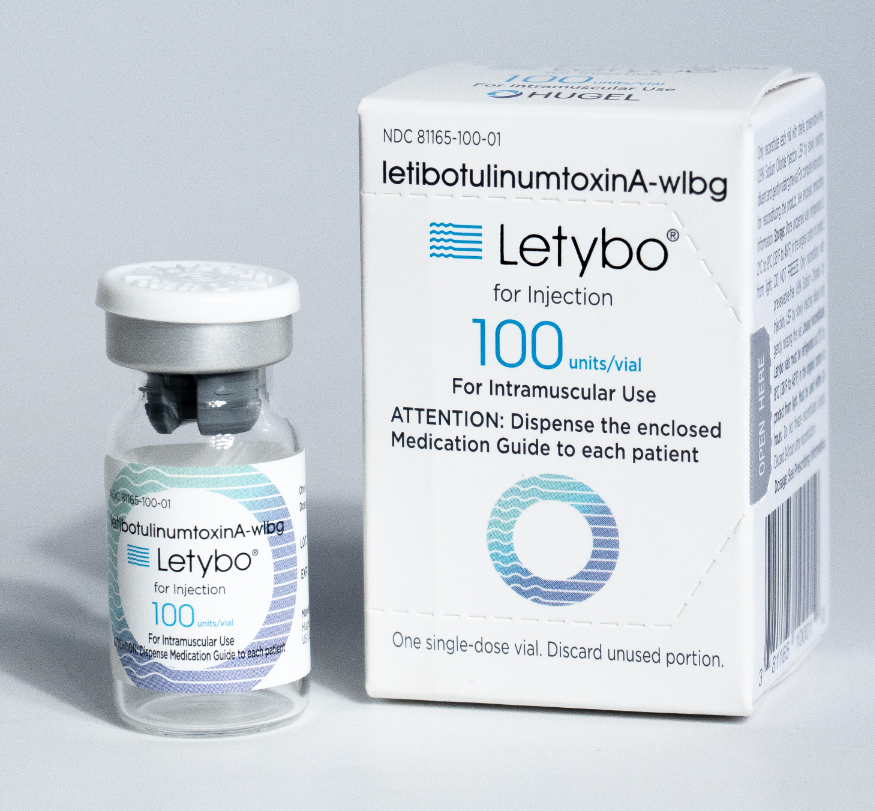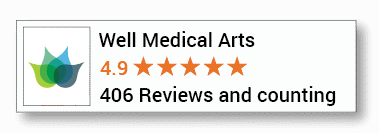
Letybo: The Next-Generation Botulinum Toxin Treatment from South Korea.
Smooth fine lines, reduce wrinkles, and refresh your appearance with Letybo — the trusted name in aesthetic enhancement of South Korea.

What is Letybo?
Letybo, a botulinum toxin type A injectable developed by South Korean pharmaceutical company Hugel Inc., has emerged as a significant player in the global aesthetic market. Known domestically as Botulax, Letybo has been widely used across Asia and Europe, and in February 2024, it received FDA approval for the treatment of glabellar lines in the United States . This approval positions Hugel as the first Korean company to have its botulinum toxin product approved in all three major aesthetic markets: the U.S., Europe, and China .
Why choose Letybo?
- #1 Toxin in South Korea (beating Botox in 3 years)
- Cost effective as compared with Botox
- Clinically proven to reduce dynamic facial wrinkles
- Fast-acting results with minimal downtime
- High patient satisfaction and safety profile
- Ideal for frown lines, crow’s feet, and forehead wrinkles or anywhere else you use Botox.
- Approved in over 65 countries
How does Letybo compare to Botox?
Letybo and Botox are both botulinum toxin type A injectables used to reduce dynamic wrinkles, particularly glabellar lines (the “11s” between the brows), but they differ in several key aspects. Letybo is known for its faster onset of action, with many patients seeing visible results within 2–3 days, compared to the typical 3–7 days for Botox.
Clinical studies suggest that Letybo may also offer slightly longer-lasting and more consistent effects, with results lasting up to four months for some patients, while Botox’s effects generally last three to four months. Letybo’s formulation is designed for greater stability and may provide a softer, more natural look, whereas Botox is sometimes associated with a firmer or more “frozen” effect.
Learn more about Letybo at https://www.letybousa.com/


You may also call one of our patient care coordinators at 206-935-5689 and we will be happy to assist you in scheduling.
How is Letybo different from Botox®?
Letybo and Botox® are both botulinum toxin type A products that relax the muscles causing dynamic wrinkles. Many patients find that Letybo offers similar results with a soft, natural feel. At Well Medical Arts, we’ll help you choose the product that best fits your unique needs and comfort level.
How long does Letybo last?
Most patients enjoy visible wrinkle reduction for 3 to 4 months after treatment, similar to other neuromodulators. Individual results may vary based on your metabolism, lifestyle, and treatment area.
Is the Letybo treatment painful?
Treatments are quick and involve only a few tiny injections. Most of our patients describe the feeling as a brief pinch, and we offer comfort techniques to make the experience as easy as possible.
When will I see results?
You may start to notice softening of lines within 3 to 5 days, with full results typically visible at two weeks. Our team will schedule a follow-up to ensure you’re happy with your outcome.
Is there any downtime?
There’s no required downtime. You can return to most of your normal activities right away. We’ll provide easy aftercare instructions to help you get the best possible results.
Is Letybo right for me?
If you’re looking for a gentle, natural-looking way to smooth wrinkles without losing your unique expressions, Letybo may be a great option. The best way to find out is to schedule a personalized consultation at Well Medical Arts. We’ll walk you through all your choices in a supportive, no-pressure environment.


